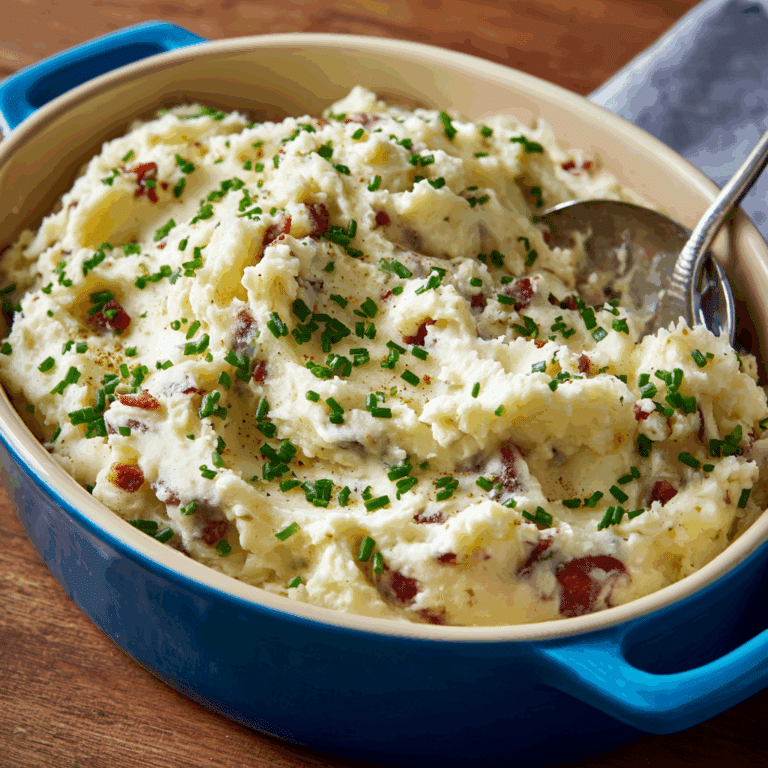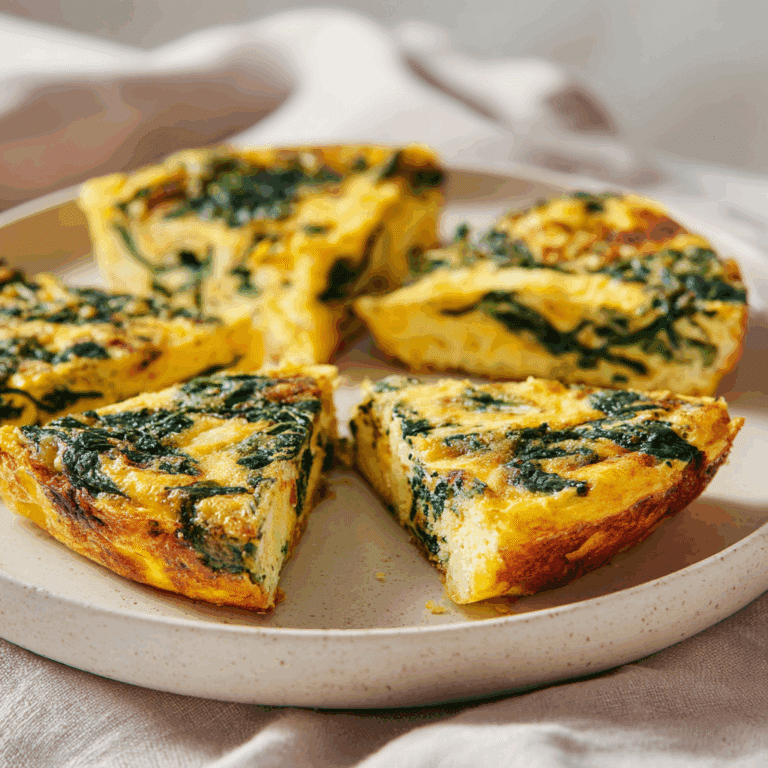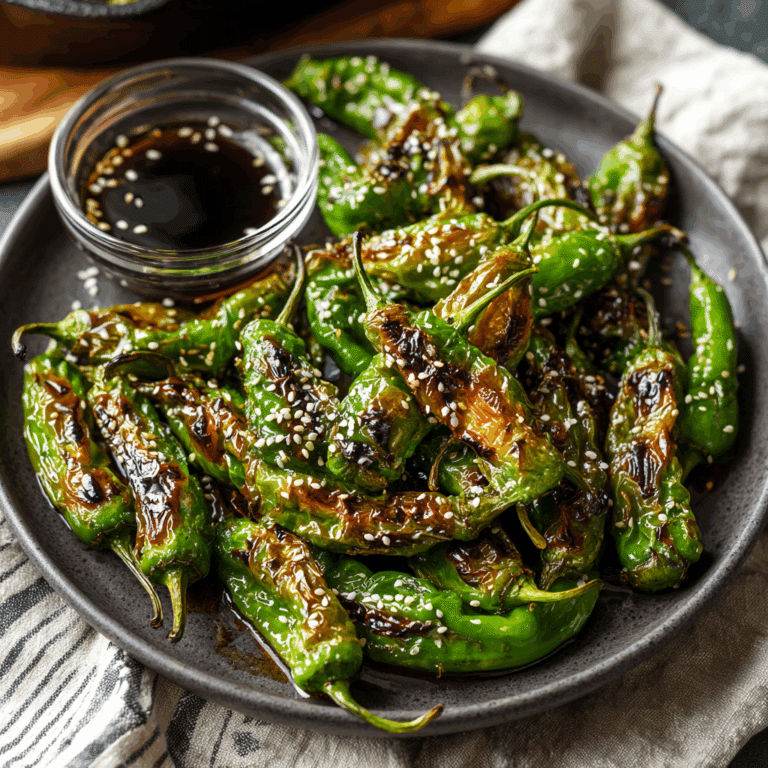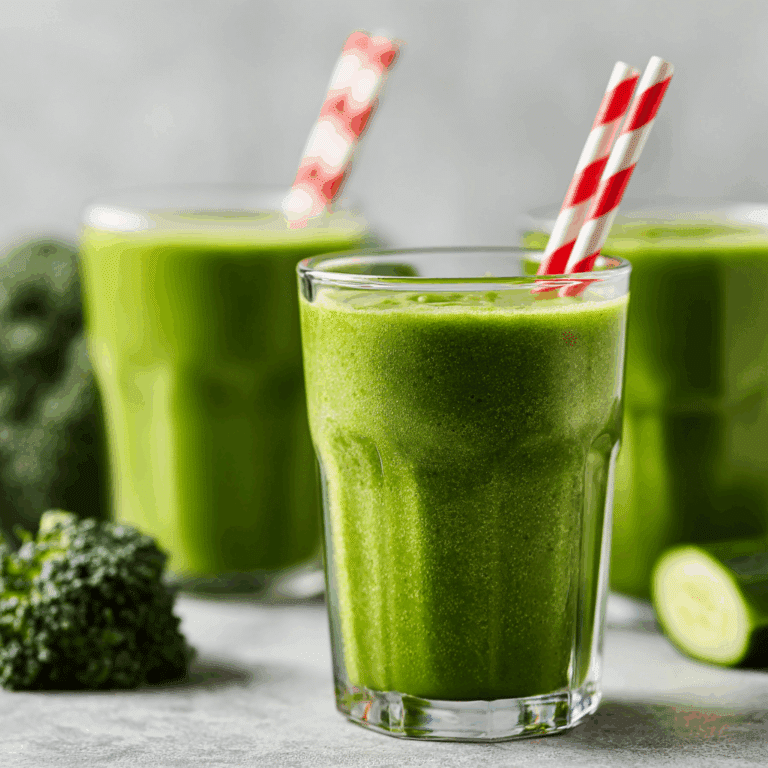How to Easily Tell If a Jalapeño Will Be Spicy Recipe
If you’ve ever bitten into a jalapeño expecting a gentle kick and instead got full-on fire, you’re not alone. Jalapeños are unpredictable little peppers! But here’s the good news: with a few simple tips, you can get a good idea of how spicy that pepper is before you add it to your dish. This quick and easy guide—disguised as a recipe—will help you learn how to judge the heat of a jalapeño without any guesswork (or tears).
Why You’ll Love This Recipe
- No More Surprises: Learn how to pick peppers that match your spice tolerance, whether you want a mellow flavor or a fiery burn.
- Quick and Practical: This guide takes just minutes to follow, and you can do it right in the produce aisle or your kitchen.
- Boosts Your Cooking Confidence: Knowing how spicy your jalapeños will be means better flavor control and a more balanced dish every time.
- Fun and Foolproof: It’s oddly satisfying to know how to “read” a pepper—almost like a kitchen superpower.
Ingredients You’ll Need
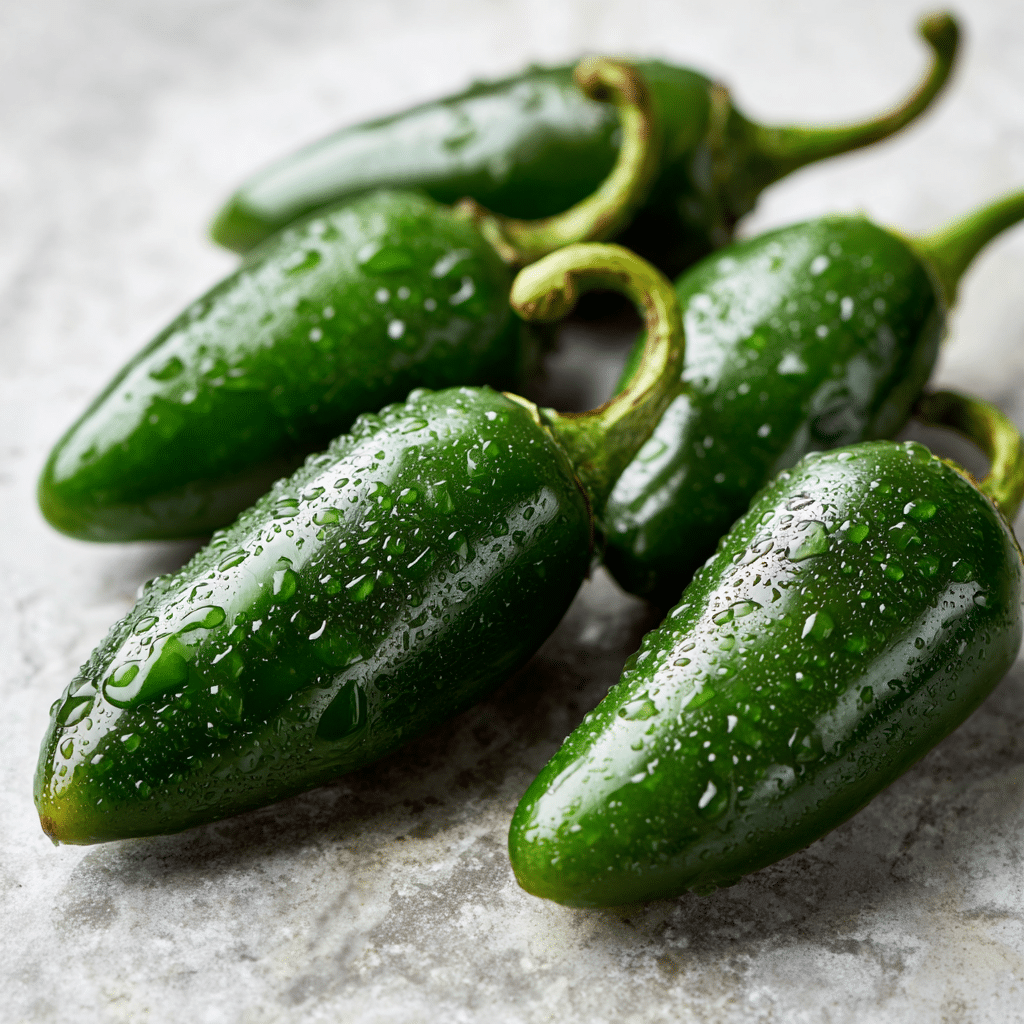
You won’t need a shopping list here, just one jalapeño and your five senses. Here’s what to look for:
- Jalapeño Pepper: Start with fresh, whole jalapeños. Look for variation in size, color, and skin texture.
- Your Eyes: Yes, visual clues matter. Look closely at the skin and stem area.
- Your Fingers: Feel the firmness and texture of the pepper. This can tell you a lot!
- Optional Knife: If you’re checking from your fridge or garden, you can slice one open to inspect the inside.
- Optional Taste Test: Only if you’re brave—and ready.
Variations
Curious about other peppers? These same tricks apply to some extent with others too:
- Serrano Peppers: Generally spicier than jalapeños, and also show similar aging signs.
- Fresno Peppers: Milder, but look for the same skin patterns for clues.
- Banana Peppers: Much milder overall, but still develop more heat as they mature.
How to Make the Recipe
Step 1: Look for Stretch Marks or “Corking”
Corking are the little white or brown lines you see running along the skin. This is a key sign that the pepper has aged and is likely spicier. The more corking, the more intense the heat.
Step 2: Check the Color
Bright, smooth green jalapeños are usually younger and milder. As they mature, they turn a deep green or even red—and that’s when the heat usually climbs.
Step 3: Feel the Skin
Wrinkled or dimpled skin indicates an older pepper, which usually packs more punch. Smooth skin often means a milder flavor.
Step 4: Look at the Size and Shape
Smaller jalapeños tend to be spicier than larger ones. A short, stubby pepper can surprise you with its heat.
Step 5: Cut It Open (If You Can)
If you’re home, slice the jalapeño lengthwise. The white pith and seeds carry most of the capsaicin—the compound responsible for heat. If there’s a lot of it, prepare for spice.
Pro Tips for Making the Recipe
- Avoid Touching Your Eyes: Jalapeño oil can linger on your skin—wash your hands or wear gloves if you’re handling several.
- Taste Test the Tip First: The end of the jalapeño (furthest from the stem) is usually less spicy. A tiny nibble there can help you judge heat.
- Mix and Match: When cooking for a group, use a combo of milder and hotter jalapeños to keep flavors interesting without overwhelming anyone.
- Remove the Seeds for Less Heat: Scrape out the seeds and inner ribs if you want a gentler heat level.
How to Serve
While this isn’t a dish in the usual sense, here’s how to apply your spicy knowledge:
For Salsas and Sauces:
Use spicier peppers for bold flavor. Milder ones work best for fresh pico de gallo or creamy sauces.
For Stuffed Jalapeños:
Pick larger, smoother peppers—they’re easier to stuff and often a bit milder, making them crowd-friendly.
For Pickling:
Go with a mix! It gives your pickled jalapeños a nice range of heat.
Make Ahead and Storage
This isn’t a make-ahead dish per se, but storing jalapeños properly helps:
Storing Jalapeños:
Keep them in the fridge in a paper bag or produce drawer. They’ll stay fresh for about a week.
Freezing:
Slice and freeze jalapeños in a sealed bag for up to 6 months. They lose some crunch but keep their heat.
Reheating:
If using frozen peppers in recipes, no need to thaw—just toss them into your dish directly.
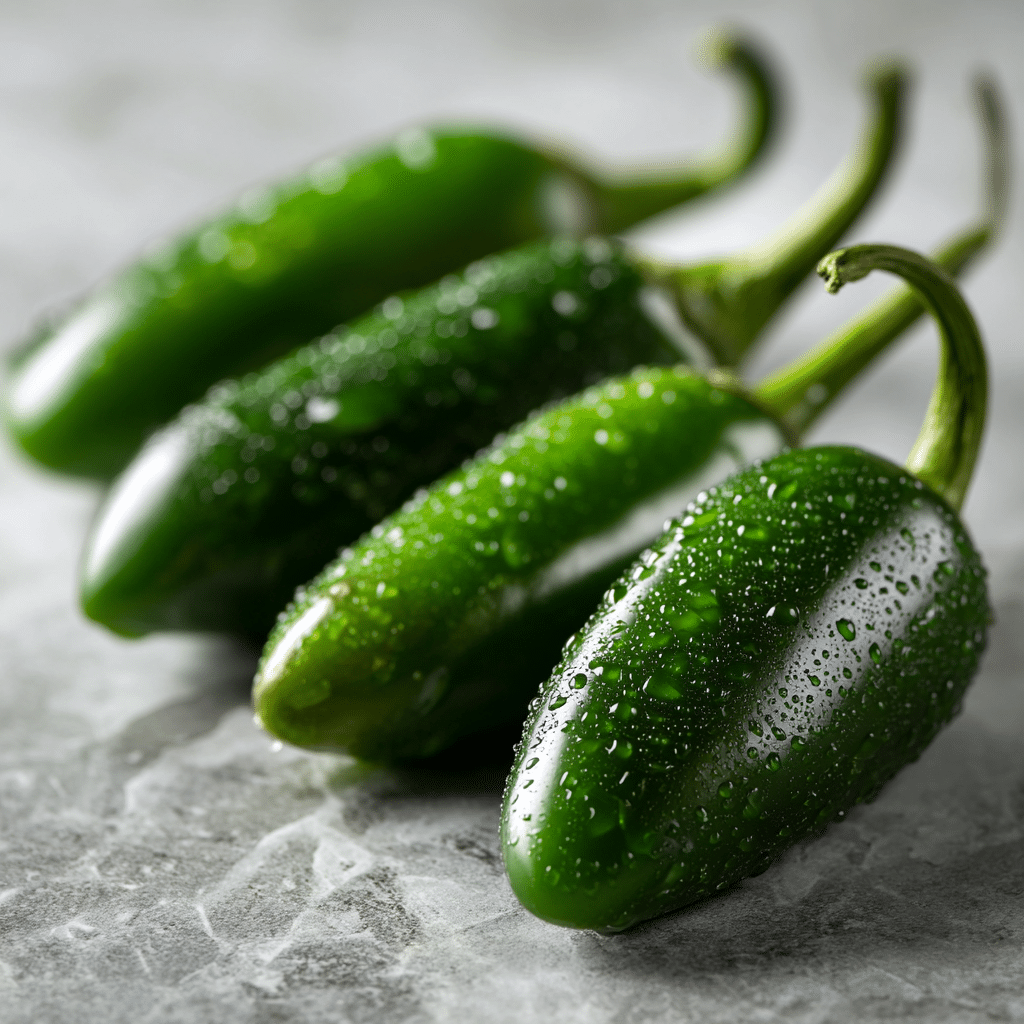
FAQs
How can I make a jalapeño less spicy after I’ve already chopped it?
Remove the seeds and white ribs—that’s where most of the heat lives. Rinse the pepper slices under cold water, and even soak them in lemon juice or vinegar for a few minutes to mellow them out.
Are red jalapeños always spicier than green ones?
Typically, yes. Red jalapeños are fully ripe and usually hotter with a slightly sweeter flavor. They’re great for hot sauces or spicy jams.
Can I eat a jalapeño raw?
Absolutely! Raw jalapeños have a crisp bite and are fantastic in salsas, on tacos, or in sandwiches. Just be aware of the spice level and go easy at first.
Do seeds always mean heat?
Not exactly—the seeds themselves aren’t spicy, but they’re coated in capsaicin from the white ribs (the real spicy part). Still, keeping the seeds often makes the dish noticeably hotter.
Final Thoughts
Once you know what to look for, predicting the heat level of a jalapeño becomes second nature. Whether you love a gentle kick or crave full-blown spice, this quick “recipe” for reading your peppers will help you take control in the kitchen. So grab a few jalapeños and start experimenting—spice level in hand!
Print
How to Easily Tell If a Jalapeño Will Be Spicy Recipe
- Total Time: 2 minutes
- Yield: 1 heat-evaluated jalapeño 1x
Description
A step-by-step kitchen guide to visually and physically assess the heat level of a jalapeño pepper before using it in your dish.
Ingredients
- 1 fresh jalapeño pepper
- Your eyes (for visual clues)
- Your fingers (to feel texture and firmness)
- Optional: Knife (to inspect inside)
- Optional: Taste test (if you’re brave)
Instructions
- Look for Corking: Examine the skin for white/brown lines, which indicate maturity and likely higher heat.
- Check the Color: Bright green suggests milder; deep green or red suggests spicier.
- Feel the Skin: Wrinkled or dimpled skin usually means more heat; smooth skin is often milder.
- Assess Size and Shape: Smaller, stubbier jalapeños tend to be hotter than larger ones.
- Cut It Open (if possible): Check the amount of white pith and seeds; more means more heat.
Notes
- Avoid touching your eyes after handling jalapeños—use gloves or wash hands thoroughly.
- Taste the tip of the pepper to get a mild sample before using it in a dish.
- To reduce heat, remove the seeds and inner ribs.
- Use a mix of mild and spicy peppers for a balanced dish.
- Prep Time: 2 minutes
- Cook Time: 0 minutes
- Category: Kitchen Tips
- Method: Raw Inspection
- Cuisine: N/A
Nutrition
- Serving Size: 1 jalapeño
- Calories: 4
- Sugar: 1g
- Sodium: 0mg
- Fat: 0g
- Saturated Fat: 0g
- Unsaturated Fat: 0g
- Trans Fat: 0g
- Carbohydrates: 1g
- Fiber: 0.4g
- Protein: 0.1g
- Cholesterol: 0mg
